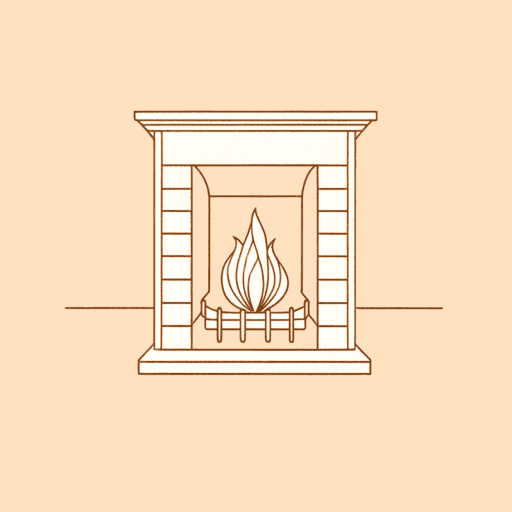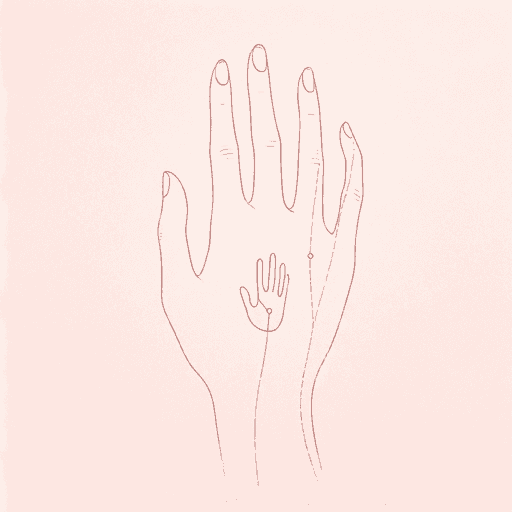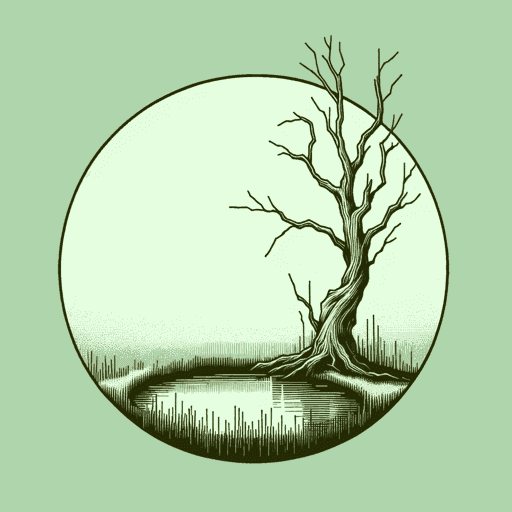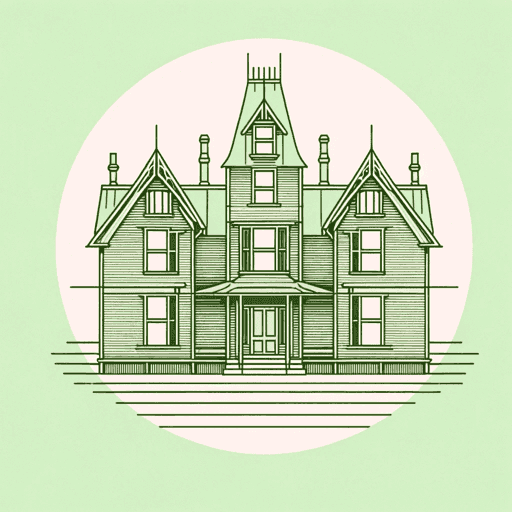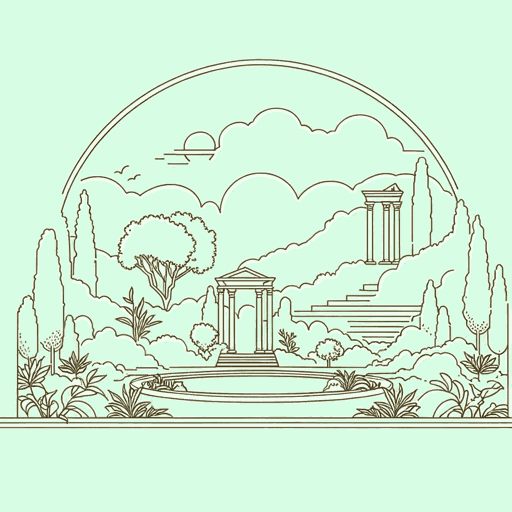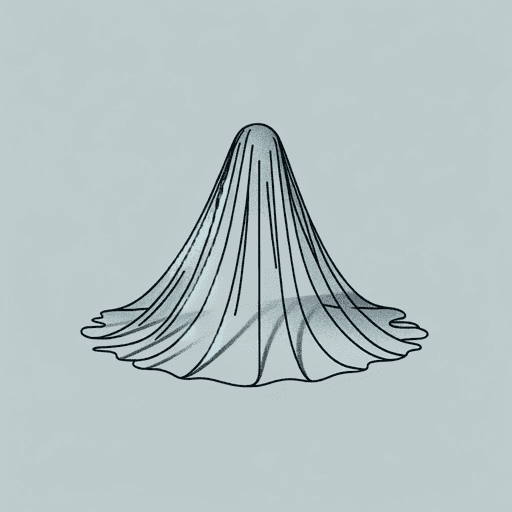27 pages • 54 minutes read
The Maypole Of Merry Mount
A modern alternative to SparkNotes and CliffsNotes, SuperSummary offers high-quality Study Guides with detailed chapter summaries and analysis of major themes, characters, and more.
Symbols & Motifs
Maypole
The Maypole appears throughout the short story as the symbol associated with the Merry Mounters. It is an aspect of Nature, representing how close the Merry Mounters are to their natural surroundings. However, the Maypole itself becomes problematic as it lends itself to idolatry among the Merry Mounters: “This venerated emblem was a pine tree which had preserved the slender grace of youth, while it equaled the loftiest height of the old wood-monarchs” (Paragraph 3). The Maypole is then explicitly associated both with the beauty of youth as well as the wisdom of old age; as it relates to Nature, it then represents the benefits of Nature, some of which can be found within humanity itself.
However, the nature of humanity lends itself to conflict. The Maypole is then used in order to contrast the Puritans with the Merry Mounters and indicate that its destruction—and the subsequent destruction of Nature by humanity—is inevitable. It is important to note that while a Romantic and therefore respectful of Nature, Hawthorne also espoused Christianity and so believed that the veneration of the Maypole did somewhat constitute idolatry. Hawthorne betrays his own inner turmoil surrounding the respect he believes Nature deserves while still upholding the tenets of Christianity.



Related Titles
By Nathaniel Hawthorne





